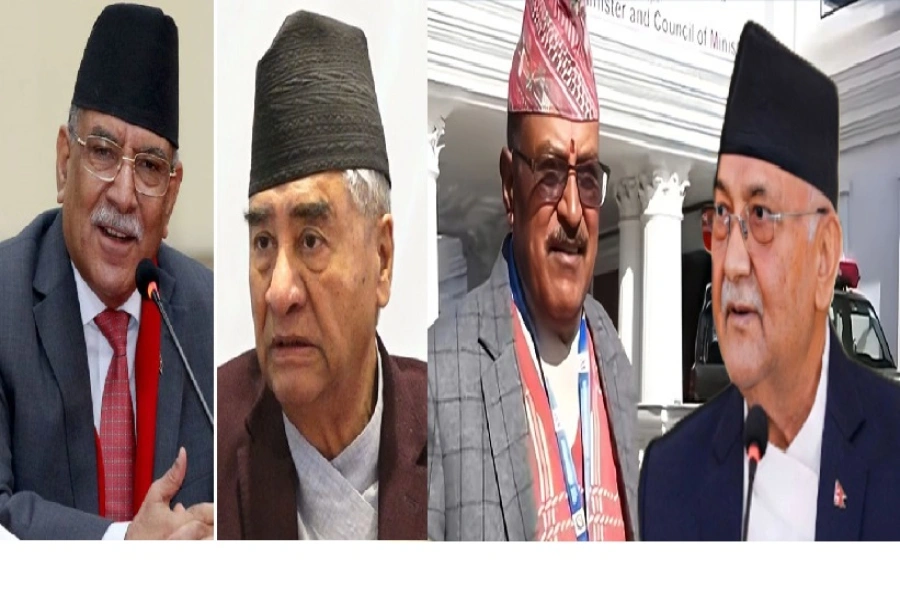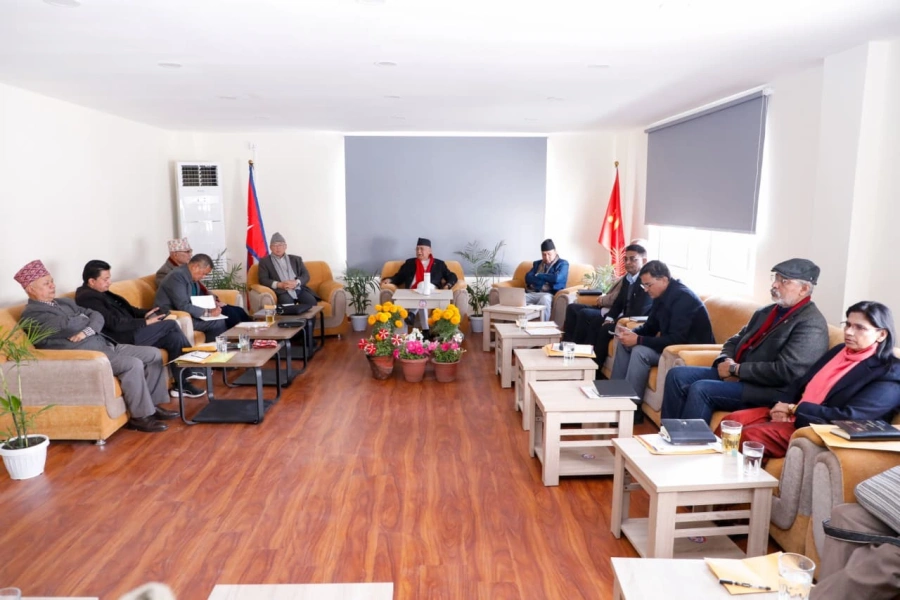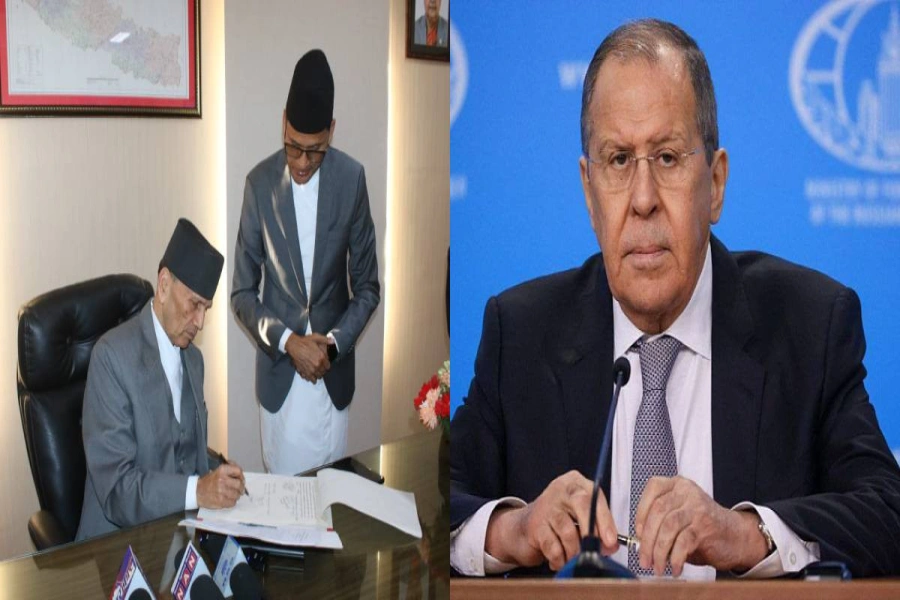Major component of teaching learning practice is the teacher. Thus if we want to see improvement in teaching learning practice, we should be supporting the teachers
The national assessment of students’ achievement has shown that achievement level of the students from public schools in Nepal is low. For the same reason, people blame that there’s no quality education in public schools. Although the scores of the students are not and should not be the only determiner of quality education, it’s one of them. Nowadays, we call it teacher education to what we used to call teacher training in the past. Nepal has a long history of teacher training. It’s the expectation that teachers gain new knowledge and skills through teacher education and they apply it to teaching. The term ‘Teacher Professional Development’ has become popular ever since School Sector Reform Plan (SSRP) was implemented in 2009. After the implementation of the plan, the in-service teacher training was termed as TPD module in which each teacher is required to attend at least one-month training in three phases. The structure of the training has been changed but it’s still named as the TPD training. The main aim of teacher training is to assist the teachers in their professional development. Development of teacher as a professional is one of the present-day needs. Although, training is not the only factor, everyone regards it as an important contributing factor for being a professional. The people who have specific knowledge, commitment to the stakeholders, collective professionalism and professional autonomy can function as professionals.
Right efforts
Numerous efforts have been made to make teaching a preferred and respectable profession. Requirement of the training to be a teacher, provision of teacher license, job security, opportunities for career development, provision of fringe benefits including pension and gratuity and the establishment of a national Teacher Service Commission are some notable efforts made for the improvement in teaching profession. These have motivated people to work as professionals.
Being a teacher is not an easy job. A teacher needs to learn and update him/herself. Apart from other things, he/she should enjoy gathering and sharing practice and he/she should have team working skills and tremendous patience. This means, the teachers need to be continually updated regarding their learning. For the same, they need Continuing Professional Development (CPD). A teacher needs to take responsibility for his/her own professional development and the government needs to make available the opportunities for their professional development. There are several ways by which the teachers can make themselves professionally sound. They include clinical supervision, mentoring, coaching, project work, research and study, reflective learning, sharing experiences, professional meetings, exposure visits, field studies, training and workshops. In Nepal, most of the teachers of public schools are engaged in all these in one or other way. There is the provision of supervision where teachers’ classes are expected to be observed by experts so that they can get feedback to improve teaching. School supervisors, resource persons and even head teachers are supposed to observe the class and give feedback to the teachers.
Private school teachers place an ultimatum to withdraw decision...

Mentoring is other way of bringing improvement in teaching practice. In this a novice teacher works under the close guidance and supervision of an expert teacher. Although this is not formally recognized in Nepal, there are practices in almost all the schools where novice teachers time and again consult the expert teachers. The teachers attending the in-service teacher training in Nepal needs to do some project works and research and study for fulfilling the requirement of the training. These are wonderful ways of helping teachers to learn for the improvement of their teaching. Trainee teachers are required to do action research, whereby they themselves search for the solutions to the problems they face. They find out the problem, explore the reasons, find out and try the solutions to see whether that brings change. As part of their school-based activities, teachers write their reflection at the end of each day. This is one of the components in their lesson plan. At the end of their plan, there is a space where they need to write what went well and what they need to do differently in their other lessons. This is one of the ways of reflective learning and this supports the principle of adult learning.
Nepali teachers have different professional organizations. These organizations are supposed to help the teachers to become professionally sound. They can be great platforms for teachers to learn from each other.
Training teachers
The most widely used way of assisting teachers in Nepal for their professional development is teacher training. Teacher training, particularly the in-service teacher training, has a long history in Nepal. Almost all the education projects in Nepal have training as one of their major components. The latest project—School Sector Development Plan—has also regarded training as one of the major interventions for quality education. There is the provision in existing education laws that a candidate for teacher position should be trained. Universities run the education streams and those who wish to be teachers enroll in the education stream. Those who earn their degrees in education stream are regarded as trained and qualified. Almost all the teachers in public schools have their degrees from education stream and they attend in-service training of one-month duration every five years.
Despite a lot of investment in school education the outcome is not satisfactory. The low achievement of the students shows that there’s still much to be done particularly in teaching learning practice. The major component of teaching learning practice is the teacher and thus if we want to see improvement in teaching learning practice, we should be supporting the teachers.
Areas to improve
There are some improved ways of assisting teachers in their continuing professional development. First, the existing teacher development curriculum, both in-service and pre-service, needs extensive revision. The teacher training should be practical whereby teachers need to demonstrate how to do the lessons. The major reason behind the low training transfer to the actual classroom is the modality of training delivery. The trainers need to demonstrate how to deliver a particular content to the students. This way, the trainee teachers will actually see the ‘how’ aspect and they will be able to replicate the same in their classroom.
Second, the teachers themselves should be responsible for their own professional development. Intrinsic motivation is the only way of doing that. Making the teaching profession attractive and respected can increase fundamental motivation. Third, the teacher training should be based on real needs of the teachers. This increases the meaningful participation of the teachers in the training. Fourth, teachers need to carry out classroom-based researches for bringing change in their teaching. Fifth, mentoring and coaching should be practiced in schools.
Improvement in education is not possible without enriching the teachers’ knowledge and skills. This can be done through continuing professional development. Just focusing on one competency is not enough, entire practice needs to be developed. We should see a change right from the selection of teachers down to the classroom teaching. This might seem like a huge task, but we can collectively work toward it and bring improvement in the quality of school education.
The author is a Secretary at Ministry of Education Science and Technology.




































